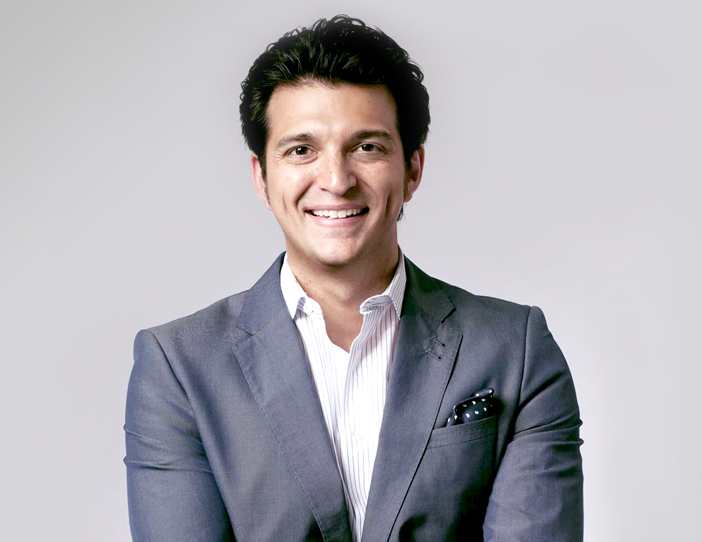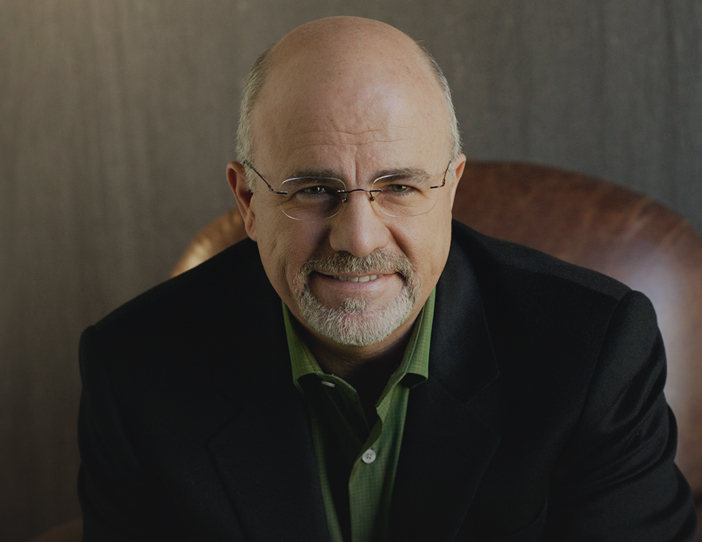
Episode Description
Human beings want to change.
Heck, we’re designed to change. On a cellular level, a decade from now, you’re not the same the person that you are today.
When you can tap into that fundamental desire for change in whatever line of work you’re in, you can take your marketing from blah to brilliant.
Ryan Deiss, the Founder and CEO of Digital Marketer, has this simple and yet super powerful process to help you figure out how. You can do it in an afternoon.
He’s my guest on this week’s episode of the Building a Story Brand podcast, and he’s going to walk us through four questions we’ve got to ask in order to understand how we help our customers transform. When you understand this, your marketing will become much more persuasive and your sales will go up. Buckle up, this is really good stuff!
Before we get into Ryan’s chart, let’s back up a bit.
Do you remember coffee before Starbucks?
It was the Sludge Era.
Coffee was the stuff of diners and Folgers tins, and it was fifty dang cents a cup.
Then, Starbucks came along. Instead of just selling coffee, they sold an idea and a feeling. You walked in and felt sophisticated just for being there. The employees treated you like royalty, delivering what they called “pep” with every cup of coffee. It wasn’t medium anymore. It was grande. They philosophically believed that people should have a place to get together, so they sold the idea that Starbucks was your place to belong.
Because of that, they were able to charge four dollars for something that used to cost a fraction of that. It’s still just coffee.
That’s the big idea we’re getting at today. As business leaders, we need to do more than sell a particular set of features. We need to offer customers a transformation.
Your job is to transport your customers from one state to another. They start in the “before state.” This describes where they are when they begin to engage our brand. But we help them move to the “after state,” which is what they can become with our help.
So, how do we define this “before and after” for our customers? Ryan has a matrix with questions you can ask to think through this. It’s so good that I’ve added it to our StoryBrand curriculum (and given him all the credit, of course).
I’ll unpack this with examples, but here’s how it looks.

Question #1: What Do They Have?
This is the easy one. The one you already know.
What does our customer have before they become a customer, and then what do they have after?
For example, if you’re a doctor, your patients have some type of sickness, and then after, they don’t have the illness. You’re removing that.
If you’re a grocery store: before, people don’t have food for the week. After, they have a full fridge.
Most businesses and marketers never get farther than this. They simply say, “Here’s the feature. Here’s what you get.”
And as Ryan points out, it’s the most obvious — but the least persuasive. To sell well, you’ve got to dig deeper.
Question #2: What Are They Feeling?
Now things get interesting.
What is your customer’s emotional state before they buy from you versus their emotional state after they buy from you?
Ryan shares a fantastic example of a commercial from a cosmetic dentist in his town.
“All you see is somebody sitting in a dentist chair after their procedure and they have a mirror up in front of their face. And you can just see them weeping tears of joy. They’re weeping tears of joy and you don’t even see the person’s teeth.
He isn’t featuring the product that he actually delivers. He’s featuring the feeling that people get — which is what we’re really buying.”
His customers have something different now (crooked teeth before, a gorgeous smile after). But that’s not nearly as powerful as how they feel now.
When you pinpoint the emotional transformation you offer, you’ve instantly made your website, your email copy, and your sales presentations much stronger.
As Ryan says: “If you can just move from ‘have’ to ‘feel,’ you’re going to be light years ahead of your competition.”
Question #3: What’s an Average Day Like?
I love this one, because you get to tell stories.
What does a day look like for your prospective customers before they buy your product? How is their day different after they’re a customer? Paint a picture.
This means you need to talk to your customers. Ask them to give you a sense of their day, to tell you a story. Then, ask your sales and support staff.
If the same narratives pop up again and again, then you’re onto something.
For example, we ask our StoryBrand Workshop alumni to paint us a picture of life before and after our workshop. In the “before” stories, we hear a lot about low sales metrics. Complicated marketing production. Team members who don’t collaborate well. Every day feeling like a slog.
In our “after” stories, we hear about energized creative meetings. Launching websites and waking up to six-figure product launches. Teams high fiving and working together with a common language. Revenue growing exponentially.
Then, we feature both the big themes and the specific stories in our marketing collateral. We even have a special Slack channel dedicated to sharing our customers’ successes. And it’s energizing for all of us to celebrate the incredible transformations people are achieving with our help.
Question #4: What is Their Status?
On the podcast, Ryan dropped this quote from Napoleon Bonaparte, and it’s a doozy:
“A soldier will fight long and hard for a bit of colored ribbon.”
It’s a powerful reminder that status matters to us.
Can your product or service transform someone’s status and change how they’re perceived by their peers?
Obviously, all you yacht marketers already get this.
But status is relevant in non-luxury industries, too.
A landscape company offers the status of having the nicest looking yard in your subdivision. That’s a much more powerful marketing angle than “nice plants.”
Ryan uses this tactic at Digital Marketer. They pivoted from selling workshops and trainings to offering certifications. Before, they were teaching somebody something. Now, the certification conveys a whole new status and identity.
—
So there you go. Now you’ve got four questions and a simple process to help you fully understand the transformation you offer your customer.
When we do this, we answer an important question for ourselves as leaders, too: What’s the real work you do?
Here’s Ryan’s advice:
“Take a moment to think about the real work that you do. It should cause you to fall in love with your business again.
If you share it with your team, it should cause them to re-engage.
If you share it with your customers, they should see you differently than the competition.
And if it doesn’t bring a big old fat smile across your face, then you probably need to keep working because it should.”
There’s so much great insight in this podcast. It’s more than I can really cover for you here. Give it a listen this week, and I know you’re going to discover some powerful things about your company that’ll lift your spirits and your revenue.
We Can Help You Clarify Your Message
If your business isn’t growing, your messaging may be confusing potential customers. Come to our StoryBrand Live Workshop and discover a powerful framework to clarify your message, connect with customers, and grow your business. Spots are limited!
Podcast produced by: Tim Schurrer
Additional editing by: Nick Jaworski










